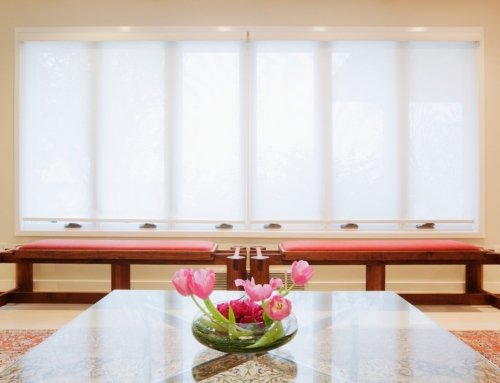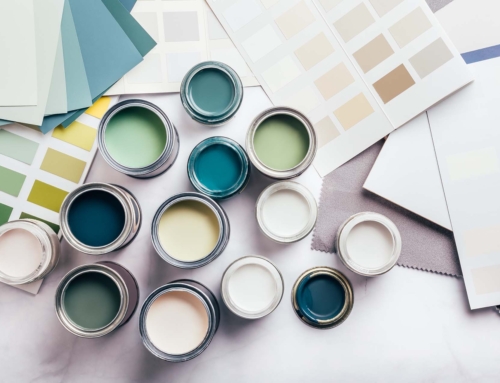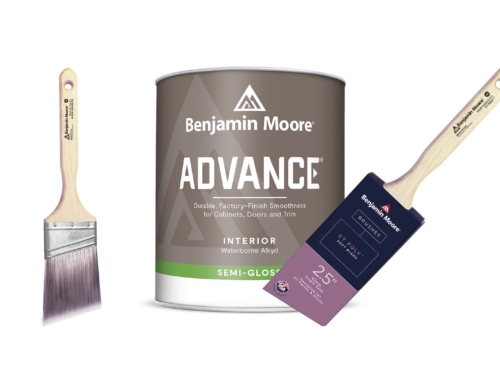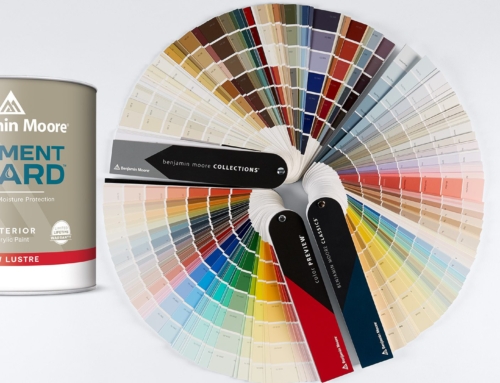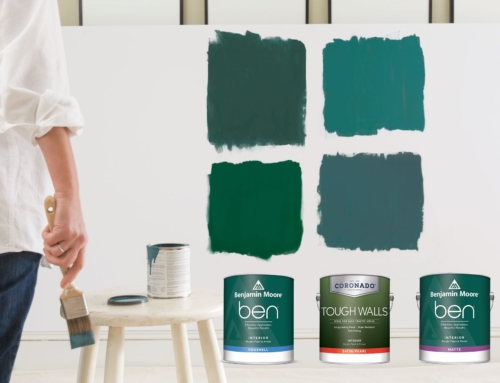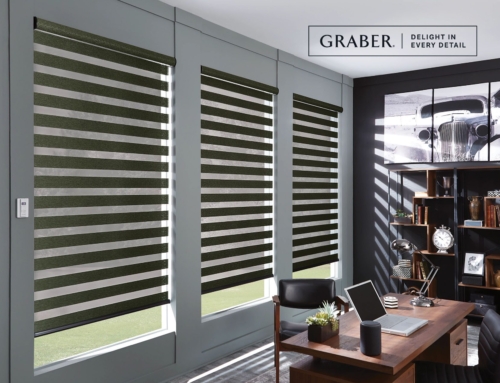What Are The Differences Between Flaking Paint & Cracking Paint?
Paint that is cracking on walls, ceilings, and other exterior surfaces happens for a variety of reasons. One of the most common causes is poor surface preparation prior to painting. If paint is applied over cracked paint or flaking paint, the new paint will start to crack quickly. Flaking paint occurs when cracked paint starts to peel off. In the very early stages of flaking paint, it begins with a small hairline crack and then gets worse over time if it is not fixed causes larger chunks to chip off.
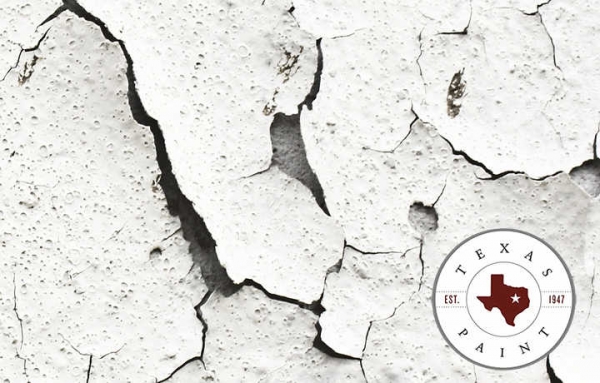
Why Does Paint Crack And Flake?
- Old Age – Paint can become brittle over time and can crack and flake from temperature and humidity changes.
- Low-Quality Paint – Lower Quality paint does not adhere or flex as well as better quality paint.
- Thin Paint – If the paint is spread too thin during application, it can crack more easily.
- Poor Surface Preparation – Wall preparation including primer is essential to avoid cracking and flaking.
How To Fix Or Repair Crack And Flake?
If paint is cracked down to the substrate, remove as much of the existing paint as possible by scraping, sanding, abrasive blasting etc. Once most of the paint is removed and the surface is smooth and even, prime and repaint it with quality latex paint.
If the paint has not cracked down to the substrate, remove the loose or flaking paint with a scraper or wire brush, sand the area to a feathered edge, prime any bare spots and then repaint the surface.
How To Prevent Paint From Cracking Or Flaking
- Take your time and prep the surfaces before painting. Only apply paint to surfaces that have been properly sanded, cleaned and primed.
- Never paint over cracked or flaking paint.
- Allow paint to dry thoroughly before adding another coat.


